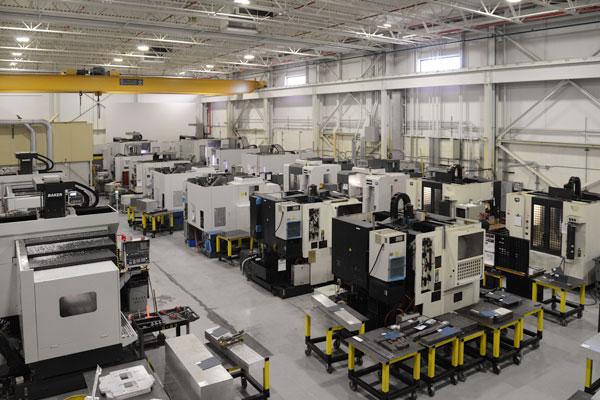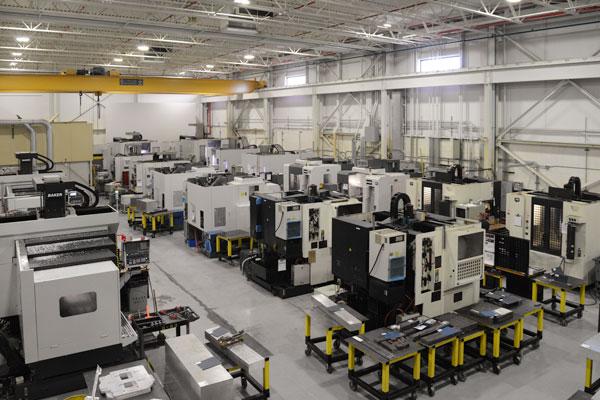The Critical Role of Tolerances in Engineering Design and Manufacturing
For any engineered part or assembly, achieving precise dimensions is crucial. This is where tolerances come in. As a designer or engineer, having a solid grasp of thread making process is essential for ensuring form, fit, and function requirements can be reliably met during production.
What are engineering tolerances?
Tolerances specify the permissible variance, or tolerance zones, for nominal dimensions of a component or feature. They represent the difference between the minimum and maximum allowable size for each specified feature. Proper tolerancing facilitates manufacturability while enabling interchangeability between similar parts.
Cumulative tolerances in complex assemblies
In more complex systems like internal combustion engines, gearboxes and airframes with many interconnecting pieces, cumulative tolerances must be carefully analyzed. Small variances across dozens of parts could result in overall assemblies being out of spec if thread making process aren't properly stacked up. Tolerance stack-up analysis through statistical modeling saves costly redesigns.
Tolerance classification systems
The two dominant systems for mechanical tolerances are ANSI Y14.5M for U.S. standards and ISO 286 used internationally. They define tolerance types like dimensional, angular, profile and locating that must be correctly specified on engineering drawings and technical documentation.
Selecting tolerances in design
When selecting tolerances, engineers consider factors like functionality, cost of production, inspection, and required precision. The tightest tolerances increase part precision but also production expenses. Overly tight tolerances are unnecessary if looser thread making process still enable adequate performance.
The role of tolerances in quality assurance
Adhering to thread making process is critical for quality auditing and certification. Not meeting the documented tolerancing scheme could result in non-conforming parts, especially for highly regulated industries like medical devices. Proper quality control procedures like CMM inspections validate that manufacturing falls within allowable tolerance limits.




